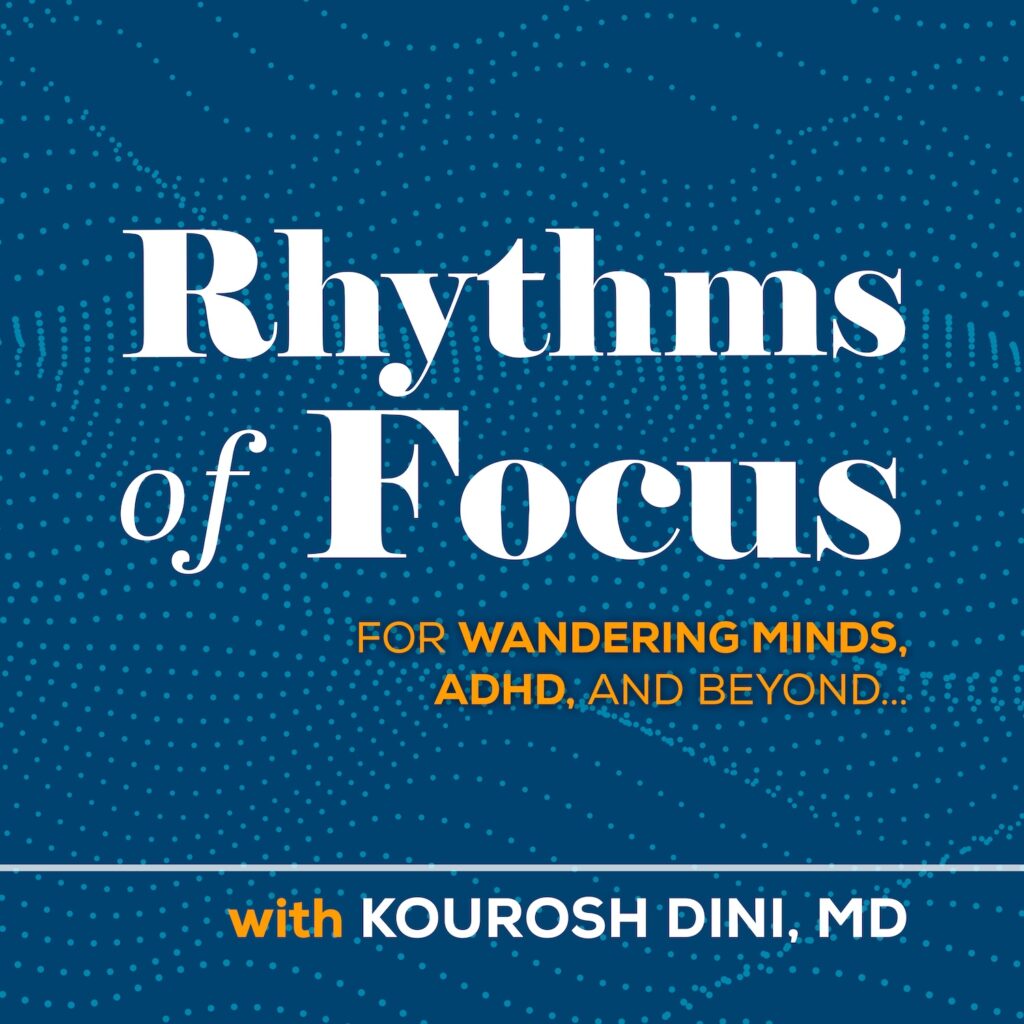
Can GTD be used for creative work?
In short, yes.
But, let’s consider the debate from either side:
- Dave Lee writes that 2-minute or less tasks, typical of GTD, can be problematic. He then offers a solution of organizing work by session.
- Steven Bradley talks about identifying “fuzzy” work. He considers the importance of focus for creative work.
- In an interview with Todd Henry by David Allen, Henry describes the importance of creating rhythms in our work. He also focuses on the importance of being able to adjust a goal as you go along.
- Cal Newport writes that tasks should not be treated equally, in that some work calls for a “deep” mindset.
Everyone has a valid point. Each writer moves on to lend useful ideas about how to create conditions supportive of creativity. In the end, we’re likely discussing the same thing from different angles or even using different terms for the same concepts.
All Tasks Are Not Created Equal
Tasks do exist on a spectrum. We can visualize some tasks clearly, like “Get milk” or “Schedule a doctor’s visit.” Other tasks are more difficult to envision like “Write report” or “Design website”. The latter types of tasks are “fuzzy” or unclear in vision. We don’t know what they will look like in the end and may only have a sense as to a next step on the way there. In these tasks, much of the work is developing that clarity.
Creativity is an act of discovering what we are making in the act of making it.
To this end, the 2-minute or less oriented task is not so helpful. But, I do not think this is a hard and fast rule of GTD. And even if it were, does it matter? The heart of GTD, at least as I understand it, is about creating a system we can trust to support ourselves. We use the measure of a clear mind in building that system.
A nice comment from Henry’s interview is:
“Systems exist to help you do the work and whenever your system becomes about the system, or whenever you’re obsessively tweaking your system in order to have a better system, then you’re missing the point.”
We don’t even have to call it GTD. In fact, let’s go back further to the psychoanalyst Erik Erikson who described Trust vs. Mistrust as the first life stage of development. We can look at another psychoanalyst, DW Winnicott, too. Winnicott describes the importance of the transitional space in forming Play, the lifeblood of creativity.
The point is that Play requires a trusted environment to thrive. That is true for toddlers learning visuospatial skills when playing with blocks, that is true for teenagers learning social skills, and that is true for adults when trying to do good work. Therefore, our work is to develop those trusted environments within our projects, however we decide to do so.
Translating this into concrete applicable steps, I see nothing wrong with writing the task:
“Continue writing story”
and setting it to repeat regularly. While it is not a 2-minute or less task, it does set up a rhythm of being with the work. It lessens the pressure of forcing something to happen and allows space for the work’s vision to develop over time. We discover and design an environment we can trust in that rhythm to support our own individual sense of Play.
Arranging work in this way, GTD neither conflicts with creative work nor tells us how to be creative. GTD is more about cultivating a system to support our own individual creativity, a spirit we explore, study, and discover throughout our lives.







” I see nothing wrong with writing the task:
“Continue writing story””
I agree. I came to a similar understanding after discovering the oft repeated productivity advice to:
“break things down into their smallest parts”
more of a hinderance than an asset.
What I do do is create a progress report, or narrative log, underneath the open ended task. So “Continue writing story” will have entries in the “note” section a la:
Fri Aug 26, 16 @ 09:48 PM.
Haven’t touched the story. Concerned there’s no audience for this type of lit.
Sat Aug 27, 16 @ 10:41 AM.
Worked on outline, but stuck on developing main character’s struggle.
In some ways, I’m more interested in capturing the narrative of creating something, that the creation itself.
Interesting post Kourosh (and nice to see mentions of Erikson and Winnicott)
I like that idea of having a story behind a task. It certainly lends to the creative, and even therapeutic, aspect of developing work.
Glad you liked the Erikson/Winnicott mentions!